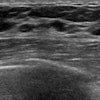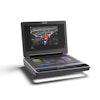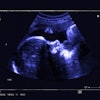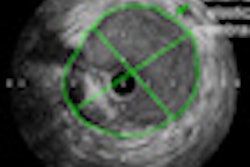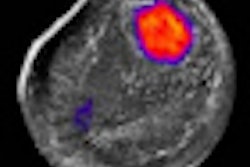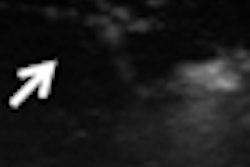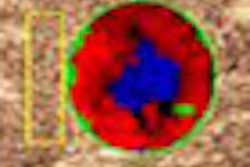Wednesday, December 1 | 11:25 a.m.-11:35 a.m. | VB41-13 | Arie Crown Theater
When used with B-mode ultrasound, shear-wave elastography -- which quantitatively measures soft-tissue stiffness in real-time -- can improve the modality's specificity without compromising its sensitivity, according to researchers from Imperial College London in the U.K.In this Wednesday session, David Cosgrove and colleagues will present findings from their study that evaluated whether shear-wave elastography would improve B-mode ultrasound's performance.
The study included 1,000 women scheduled for breast ultrasound at 16 sites in the U.S. and Europe. Each woman received a B-mode ultrasound followed by a shear-wave elastography scan; histology information was available for 910 lesions, 34.4% (or 313) of which were malignant.
Cosgrove's team discovered almost perfect agreement between the regular ultrasound and shear-wave elastography scans in terms of lesion size and elasticity. The team found that adding shear-wave elastography homogeneity and mean elasticity value or lesion-to-fat ratio produced the best area-under-the-curve models. Shear-wave elastography increased the absolute specificity of the exam by at least 20% compared to ultrasound alone; sensitivity and negative predictive value decreased by less than 4%, the team found.

